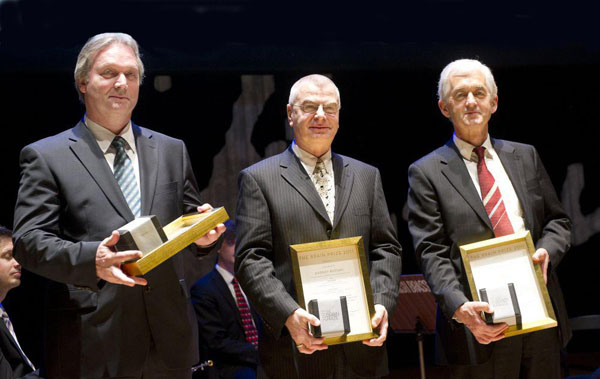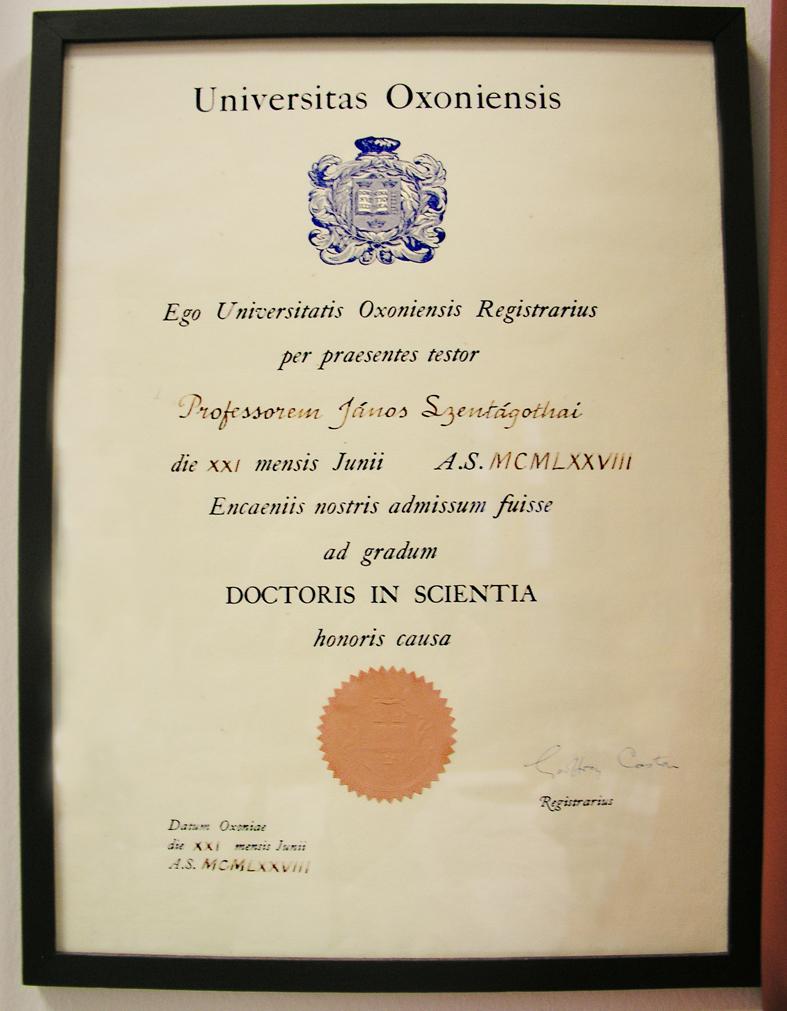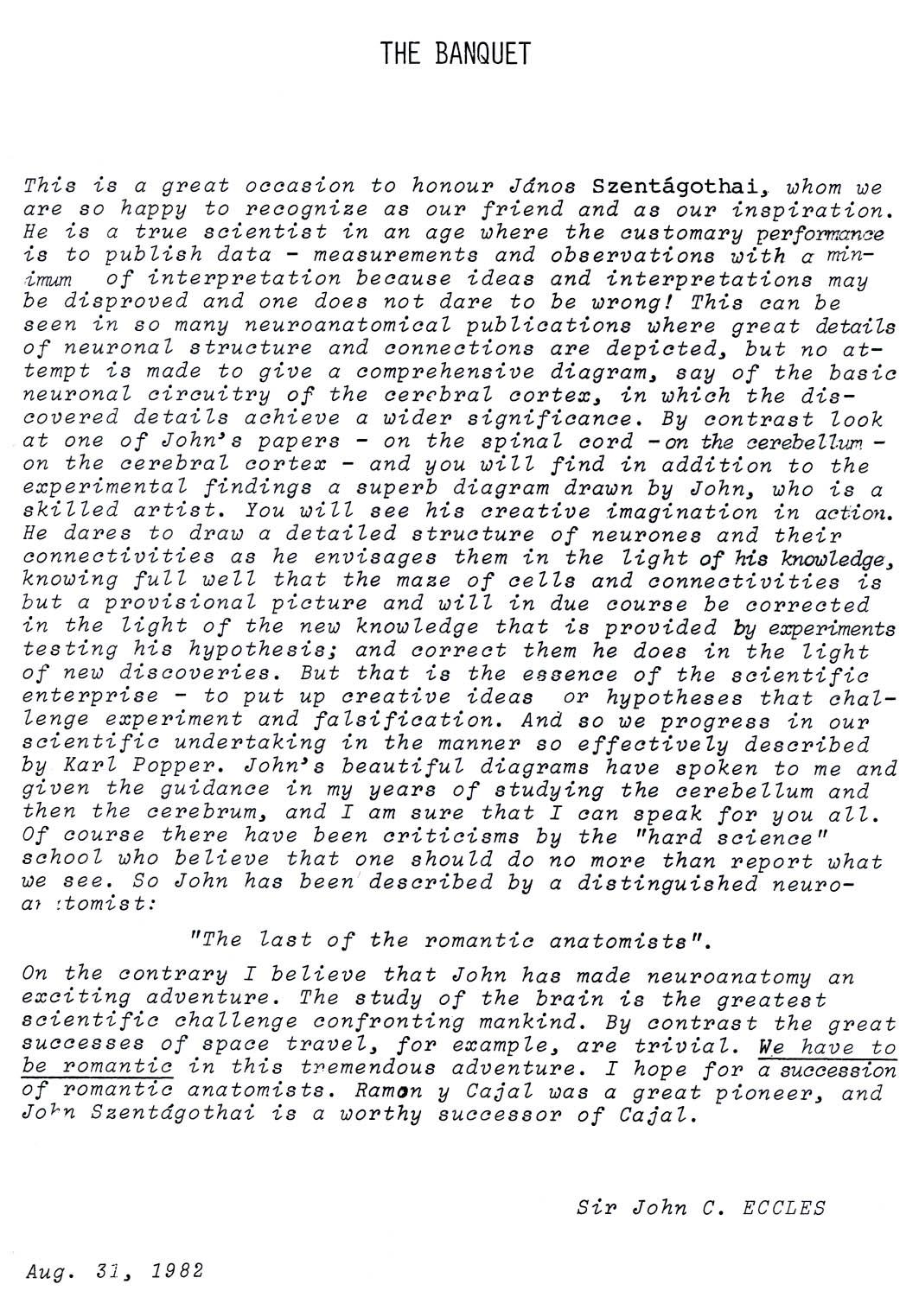Understanding the structure and function of the human brain has been one of the grandest challenges of humankind. The history of the neurosciences since 1900 belongs to the most successful achievements of the twentieth century. Researchers such as Santiago Ramon y Cajal, Gamillo Golgi, Korbinian Brodmann, Charles Sherrington and John Eccles made revolutionary discoveries about the structure and function of the brain. Among the greatest pioneers of 20th century brain research is Professor János Szentágothai, as one of the most highly respected neuroscientists all over the world. His contribution to our knowledge on the functional anatomy of the human brain has been fundamental and seminal, with special regard to his and his coworker's discoveries on the structure of the vertebral reflex arch, on the connections between the vestibular system and the eye moving muscles, on the neuro- endocrine regulatory mechanisms, on the explanation the structural-functional correlation. His contribution was also significant to the discovery and description of the microanatomical structure and physiological functioning of the basic building blocks of cerebral cortex: the cortical modul.

Winners of the first European Brain Prize (T. Freund, Gy. Buzsáki, P. Somogyi)
Szentágothai initiated schools of research in the field members of which belong to the protagonists of our days' neuroscience (see e.g. the first European Brain Prize which was received in 2011 by Péter Somogyi, György Buzsáki and Tamás Freund). ln addition to his research activities, Szentágothai was an unique educator and generations of medical students in several countries studied human anatomy from his textbooks and atlases. Last but not least, Szentágothai was highly committed to social issues, with special regard to science, education and cultural policy, and promoted these issues both in his native Hungary as a long-time president of the Hungarian Academy of Sciences (1977-1985) and a member of the Hungarian parliament (1985-1994) as well as worldwide in his various ways and positions, including his membership in more than a dozen learnt societies and academies (the Pontifical Academy of Sciences, the Royal Society, the US National Academy of Sciences, the Leopoldina German Academy of Sciences, etc.).



